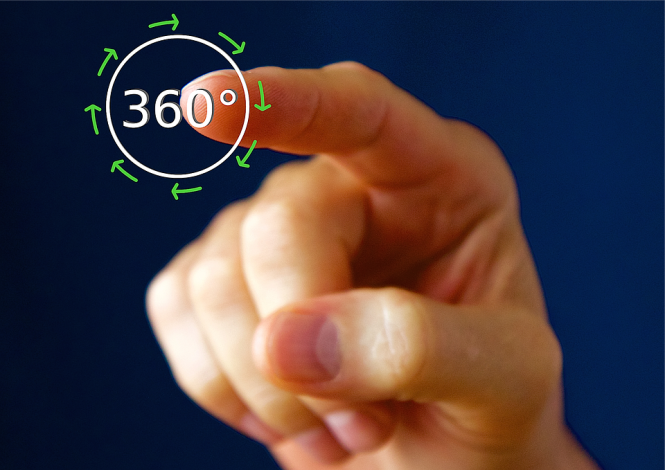
Decathlon and Heptathlon: The Ultimate All-Around Athletes
In the world of track and field, there exist two events that stand out as the ultimate tests of athleticism: the decathlon and the heptathlon. These multi-discipline competitions push athletes to their limits, requiring a rare combination of speed, strength, endurance, and technique. In this article, we’ll delve into the world of decathlon and heptathlon, exploring what makes these events so demanding and why they produce some of the most talented and versatile athletes in the sport.
What are Decathlon and Heptathlon?
The decathlon is a 10-discipline event contested by men, consisting of:
- 100 meters
- Long jump
- Shot put
- High jump
- 400 meters
- 110 meters hurdles
- Discus throw
- Pole vault
- Javelin throw
- 1500 meters
The heptathlon, on the other hand, is a 7-discipline event contested by women, consisting of:
- 100 meters hurdles
- High jump
- Shot put
- 200 meters
- Long jump
- Javelin throw
- 800 meters
Both events require athletes to compete in a variety of disciplines, often with minimal rest in between. This demands an extraordinary level of fitness, skill, and mental toughness.
The Demands of Decathlon and Heptathlon
So, what makes decathlon and heptathlon so challenging? For starters, athletes must possess a broad range of skills, from the explosive power of the shot put and long jump to the endurance of the 1500 meters and 800 meters. They must also be proficient in technical events like the high jump, pole vault, and hurdles, which require precision and coordination.
In addition to the physical demands, decathlon and heptathlon athletes must also contend with the mental strain of competing in multiple events over the course of two days. The pressure to perform is intense, and a single mistake or subpar performance can have a significant impact on the overall standings.
The Athletes
Despite the challenges, decathlon and heptathlon have produced some of the most iconic and accomplished athletes in the history of track and field. ASICS World Athlete of the Year and Olympic champion, Ashton Eaton, is a prime example of a dominant decathlete. Eaton’s impressive resume includes multiple world records and Olympic titles, cementing his status as one of the greatest all-around athletes of all time.
On the women’s side, heptathletes like Jackie Joyner-Kersee and Carolina Klüft have set the standard for excellence. Joyner-Kersee, a three-time Olympic champion, is widely regarded as one of the greatest female athletes in history, while Klüft, a two-time Olympic champion, has won numerous world and European titles in the heptathlon and other events.
The Benefits of Decathlon and Heptathlon Training
While the decathlon and heptathlon are incredibly demanding events, the training required to compete at a high level can have numerous benefits for athletes. By focusing on a variety of disciplines, decathlon and heptathlon athletes develop a well-rounded fitness base, which can improve overall athleticism and reduce the risk of injury.
Moreover, the mental toughness and resilience required to compete in decathlon and heptathlon can translate to other areas of life, helping athletes build confidence, discipline, and perseverance.
Conclusion
In conclusion, the decathlon and heptathlon are the ultimate tests of athleticism, pushing athletes to their limits and beyond. These events require a rare combination of speed, strength, endurance, and technique, producing some of the most talented and versatile athletes in the sport. As we marvel at the incredible feats of decathlon and heptathlon athletes, we are reminded of the importance of hard work, dedication, and perseverance in achieving greatness. Whether you’re an athlete, coach, or simply a fan of track and field, the decathlon and heptathlon are events that inspire and captivate, showcasing the very best of human athletic potential.